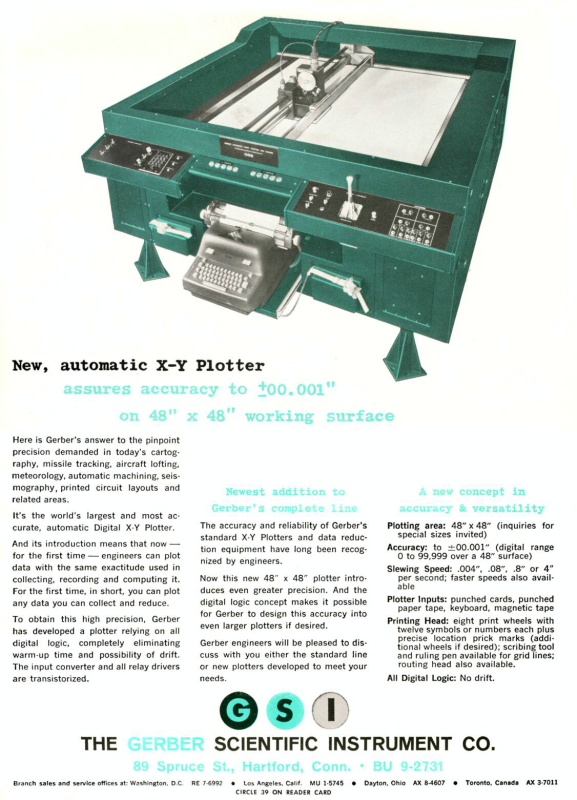& Construction

Integrated BIM tools, including Revit, AutoCAD, and Civil 3D
& Manufacturing

Professional CAD/CAM tools built on Inventor and AutoCAD
2 min read
While most people might be familiar with the name “Gerber” because of Gerber babies or Gerber formula, it turns out that there are Gerber things all over the place. In essence, there is Gerber Gear, Gerber life insurance, and if you’re involved with the PCB industry, you’re probably familiar with Gerber files. Let’s take a look at the man behind the Gerber brand and consider the lasting impact he’s had on vast numbers of people across many walks of life.

Vienna, Austria circa 1924
Gerber files are named after Heinz Joseph Gerber, founder of Gerber Systems Corp, who released a reference book designed to sell vector photoplotters that referred to the Gerber format. Joseph Gerber, born in Vienna, Austria, was always interested in technology and experimented with circuit breakers as a child. After being released from a Nazi labor camp, he and his mother escaped to New York City, and later to Hartford, Connecticut, where he worked in tobacco fields. While working, Gerber breezed through high school and college, eventually developing the Gerber Variable Scale in the 1950s.
By the late 1980s, other plotter companies and CAM systems were on board with what was referred to as Standard Gerber format throughout the PCB manufacturing industry. Before long, Gerber’s format became the industry standard and evolved alongside plotting technology to include polygons and additional parameters, allowing users to create a variety of shapes defined with apertures, rather than manually drawing them in.
A Gerber file, in simple terms, is an open 2D binary vector image file format that describes the images (solder mask, copper layers, etc.) on a PCB. Gerber files contain the data for each image layer, as well as additional information for board fabrication. Gerber files can have a variety of names and extensions, depending on the software tool that generated them.

Gerber files were initially used as NC to drive mechanical systems that exposed film to light within a darkroom. The machines flashed light through an aperture, making a trace by keeping the light on during downward movement, which resulted in an arc. This process limited innovation because it was slow, expensive, and unreliable. Now, a beam of light is bounced off of mirrors that move quickly, much like a laser printer. Today’s Gerber files are more like image files and are much simpler to use.
Though Gerber died in 1996, his work lived on when Barco acquired Gerber Systems Corporation in 1998. The company released the Extended Gerber format (RS-274x), which unified all sub-versions. Over time, the version evolved, which is why it has remained the industry standard. The current version, known as Gerber X2, was developed in 2015 by researchers in the PCB division of Ucamco (previously Barco).
There is speculation that other formats may one day replace Gerber files, but that has yet to happen. Machines use Gerber files because CAD, CAM, and EDA software create them, and software created Gerber files because machines use Gerber files–a clear cyclical relationship.
For now, programs like Fusion 360 help engineers create in the language of the industry. Tomorrow’s Gerber babies may not rely on Gerber files, but, at least for now, we’re all speaking the same language.
Need help creating Gerber files for your next PCB today? Download Fusion 360 and get started.
By clicking subscribe, I agree to receive the Fusion newsletter and acknowledge the Autodesk Privacy Statement.
Success!
May we collect and use your data?
Learn more about the Third Party Services we use and our Privacy Statement.May we collect and use your data to tailor your experience?
Explore the benefits of a customized experience by managing your privacy settings for this site or visit our Privacy Statement to learn more about your options.